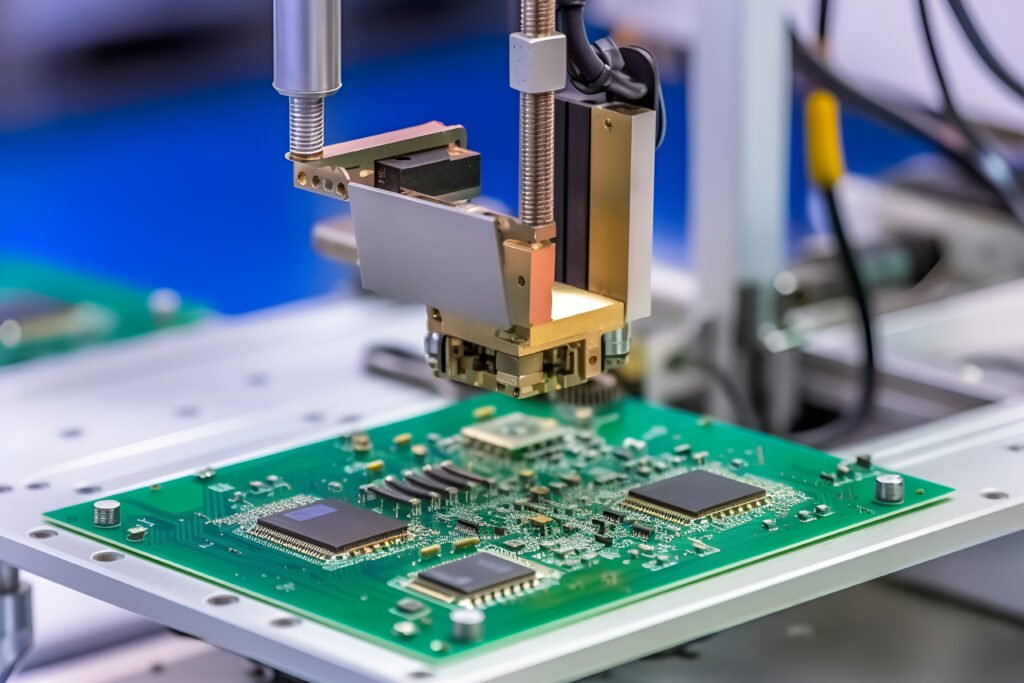Before we learned what is the PCB design of the SI, as well as on the SI of the factors affecting, then how do we want to signal integrity analysis?This article will provide you with a detailed introduction to the specific steps:
1. Clarifying analysis objectives and needs
Need to determine the target combined with product characteristics, different products and application scenarios have different requirements for signal integrity, communicate with technical staff, customers or project teams to understand the specific requirements for signal performance in actual use, provide a clear direction for the subsequent analysis, and ensure that the analysis results meet the application requirements.
2. Gathering comprehensive circuit information
Comprehensively collect circuit-related information, including circuit schematics, PCB layout, component manuals and technical specifications.Study the circuit principle, understand the signal flow and component relationship, pay attention to the details of PCB layout, and pay attention to the factors that may cause signal problems.
3. Identifying key signals
Critical signals are filtered from complex circuits and usually include high-speed, sensitive and critical control signals.High-speed signals such as high-speed serial buses and clock signals; sensitive signals such as analogue inputs and outputs and weak analogue signals; and critical control signals such as reset and clock enable signals.
4. Preliminary check of wiring rules
- Control the length of the alignment: too long alignment will increase signal attenuation and delay, need to control the length of the alignment in a reasonable range; for high-speed signals, equal length wiring to ensure synchronous transmission.
- Optimise line width and spacing: Select the appropriate line width and spacing according to the signal frequency and characteristics to ensure that there is enough spacing between different signals in the same plane to reduce radiation and crosstalk.
- Reasonable design of vias: Vias are important components for connecting different layers of signal lines, and the appropriate size and position should be chosen to reduce signal reflection and loss.
5. Analysis of component layout
- Separate sensitive and interference sources: Keep sensitive components away from interference sources, such as analogue and digital circuits, to reduce the impact of interference.
- Optimise the placement order: Under meeting the wiring rules and space requirements, rationally arrange the placement order of components to reduce the signal transmission distance and attenuation, and improve the transmission quality and stability.
6. Study of power and ground plane characteristics
Ensure that the power plane and the ground plane have no cracks or cuts to ensure the integrity of the power supply and the signal return path is smooth; reasonable placement of decoupling capacitors, close to the required filtering components, filtering out the power supply noise, and stabilising the power supply.
7. Analyses supported by simulation tools
- Setting reasonable simulation conditions: After completing the previous analyses and inspections, further analyses are carried out with the help of professional signal integrity simulation tools.According to the actual circuit parameters and models, set reasonable simulation conditions such as excitation signals and load characteristics.
- Analyse the simulation results to assess the integrity: By viewing the simulation results such as waveforms, spectra and eye diagrams of the signals, we analyse the signal performance indexes, assess the signal integrity, predict the possible problems and provide solutions.
8. Field testing and validation
While simulation can predict potential problems, field testing is essential.Use professional instruments such as oscilloscopes, spectrum analysers, vector network analysers, etc. to measure and analyse signals and obtain real signal data.Verify the accuracy of the simulation results through field testing, and further verify and analyse the problems found.If the problem is inconsistent with the simulation results, the previous analyses and design need to be revisited to identify the causes and adjustments.
9. Summary and problem-solving
Based on the analysis and test results, comprehensively summarise the problem and trace the root cause.Propose and validate feasible solutions to ensure that the problem is completely solved and signal integrity is guaranteed.
Signal integrity analysis is a complex systematic project that requires the comprehensive use of circuit design, electromagnetism, simulation tools and other knowledge and skills.Signal integrity analysis according to the above steps can effectively improve the signal integrity of the circuit to ensure product performance and quality, and provide a strong guarantee for international trade in product exchange and cooperation.
If you have any confusion and need about PCB design and manufacturing, please feel free to contact us:Email : Sales@ucreatepcb.com

 English
English
 中文
中文











